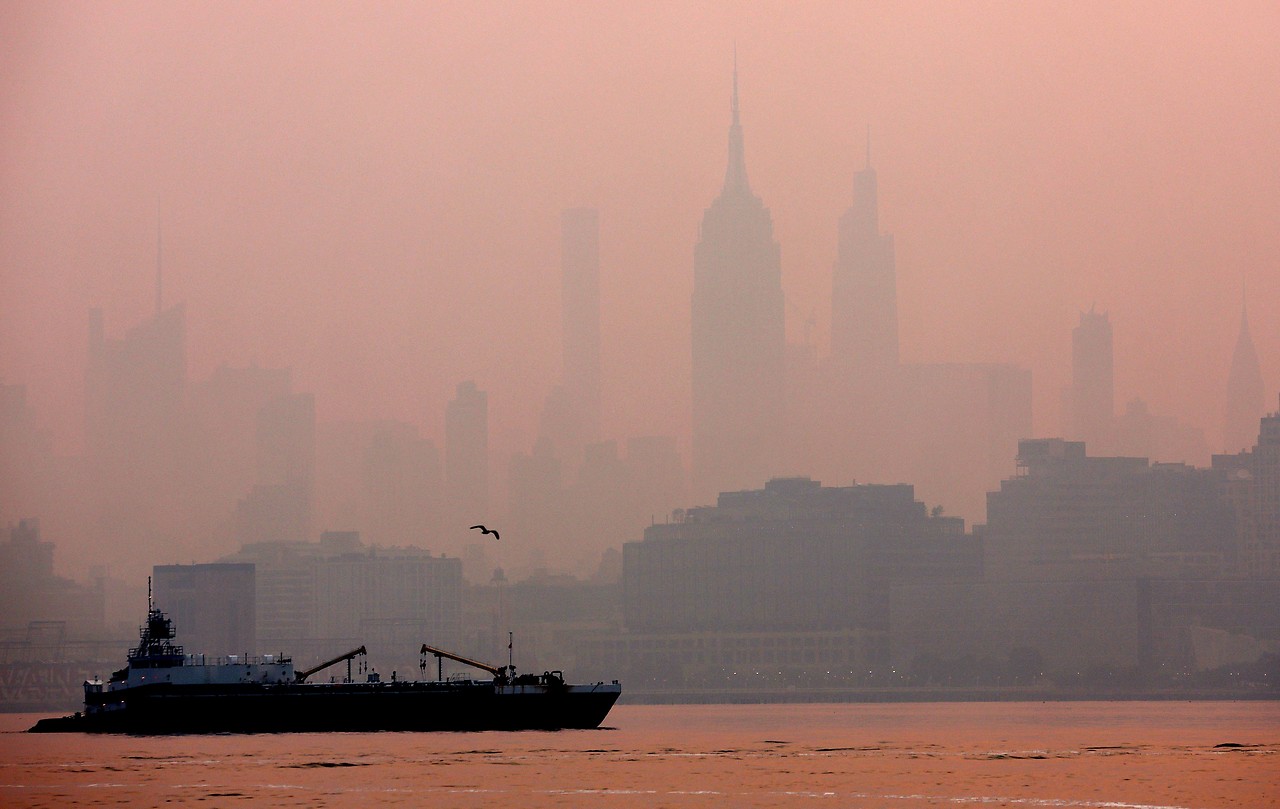Accordingly, the fires, which started at the beginning of May and continued until October, released 480 megatons of carbon dioxide into the atmosphere. Wildfires around the world had released 2,100 megatonnes of carbon dioxide emissions by early December.
This is a negative record for Canada, and is almost five times the average of the past 20 years. The fires in British Columbia, Alberta, Ontario, Nova Scotia, the Northwest Territories and Quebec were exceptional not only in terms of carbon dioxide emissions, but also in terms of their intensity, duration and impact on local communities, according to the Copernicus statement.

Large parts of North America and Europe were affected
The statement said that the development of smoke had a significant impact on air quality. This was not only the case in the local area, but also in large parts of North America and beyond. Large columns of smoke swept across the Atlantic Ocean and cast shadows over parts of Europe. CAMS expert Mark Barrington said the impact of wildfires on air quality in North America, combined with the fact that hazy skies are occurring in Europe as a result of these fires, is a clear indication of their severity. launch.

While Canada has been particularly hard hit this year, the United States and Russia have seen relatively quiet wildfire seasons, with carbon dioxide emissions estimated to be below average over the past 20 years.
Many deaths in Hawaii
However, the fires were violent on the island of Maui, in the US state of Hawaii, and claimed the lives of many people and caused severe damage to infrastructure. In addition to Russia, Kazakhstan and Mongolia were affected by large forest fires in April and May.

In the Mediterranean region, fires broke out, especially on the Greek island of Rhodes, in the Greek-Turkish border area, and in other parts of Greece. Spain recorded its highest March emissions in 21 years due to fires on the border between the Aragon and Valencia regions and in Asturias. In August, the Canary Islands were also badly affected by forest fires.

A complex relationship with the climate crisis
According to Copernicus, the El Nino weather phenomenon creates conditions in the Southern Hemisphere that increase the risk of forest fires. This had an impact on fires in Indonesia and Australia. In South America, major fires broke out in Chile and Argentina earlier this year.
The statement said that the links between the climate crisis and forest fires are complex. While carbon dioxide emissions from fires have not been the primary driver of increases in greenhouse gases in the atmosphere, rising temperatures and rising levels of these gases are making unprecedented wildfires like the one that raged in Canada this year more likely.
CAMS is one of several services of the European Union’s Copernicus programme. It provides, among other things, data obtained from satellite images on the areas of atmosphere, oceans, land, climate change, security and energy.

“Food practitioner. Bacon guru. Infuriatingly humble zombie enthusiast. Total student.”








More Stories
Kyiv: Russian Kursk offensive halted
US Presidential Election: Former US Government Officials Warn Against Donald Trump's Election
Netherlands wants to leave asylum system